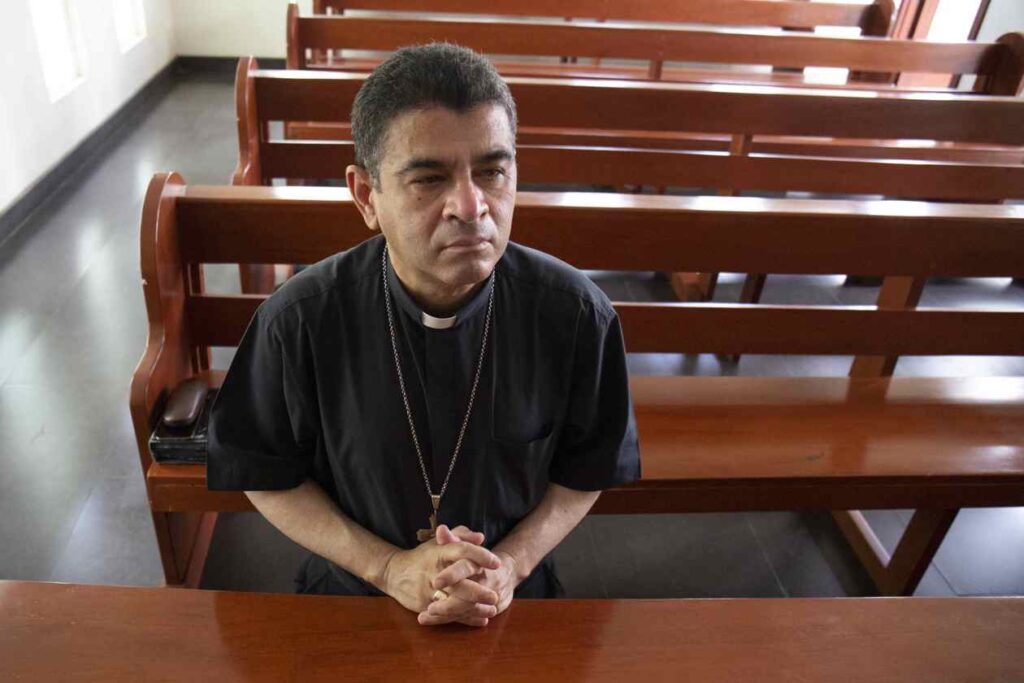Unlike the Glorieta de las Mujeres que Luchan, where the Antimonument has been left in place, the capital’s government removed the images of missing women, children and men the next day and put up fences in their place. On May 15, the same groups turned the billboards into a mural to return the faces of their missing loved ones to Paseo de la Reforma.
(Photo: Moisés Pablo / Cuartoscuro.com)
Sergio Beltrán-García, architect and activist, whose work focuses on the construction of truth, justice and memory, indicates that civil society groups have sought to appropriate these spaces in one of the main avenues of the city –and the country– as a form of symbolic resistance.
“Almost all anti-monuments are open cases, cases that have not been resolved to the full satisfaction of those who suffered this violence, either directly or indirectly. So what we are seeing are signs of that need for reparation, both material and symbolic, and we see them in the public space”, he says in an interview with Political Expansión.
It details that material justice implies the investigation and prosecution of cases of human rights violations, as well as compensation and legislative or government changes to guarantee non-repetition; meanwhile, symbolic justice is related to public apologies, ceremonies and memory spaces such as memorials and anti-monuments.















